how much does a jr designer make
How to become a junior designer
One of the most common routes into graphic design is through a junior designer position. But what is a junior designer? What do they do every day? How much do they get paid, and how quickly can they progress? Our guide to becoming a junior designer brings you everything you need to know.
It's no secret that a career in the creative industries is extremely competitive, but by mapping out a clear career path from the start, you can sharpen your focus and gain that all-important edge. Here you'll find some top tips to help you prepare for a junior designer role, and our new graphic design jobs board will help you land your first step up the creative career ladder – you'll be an art director before you know it!
01. What a junior designer job entails
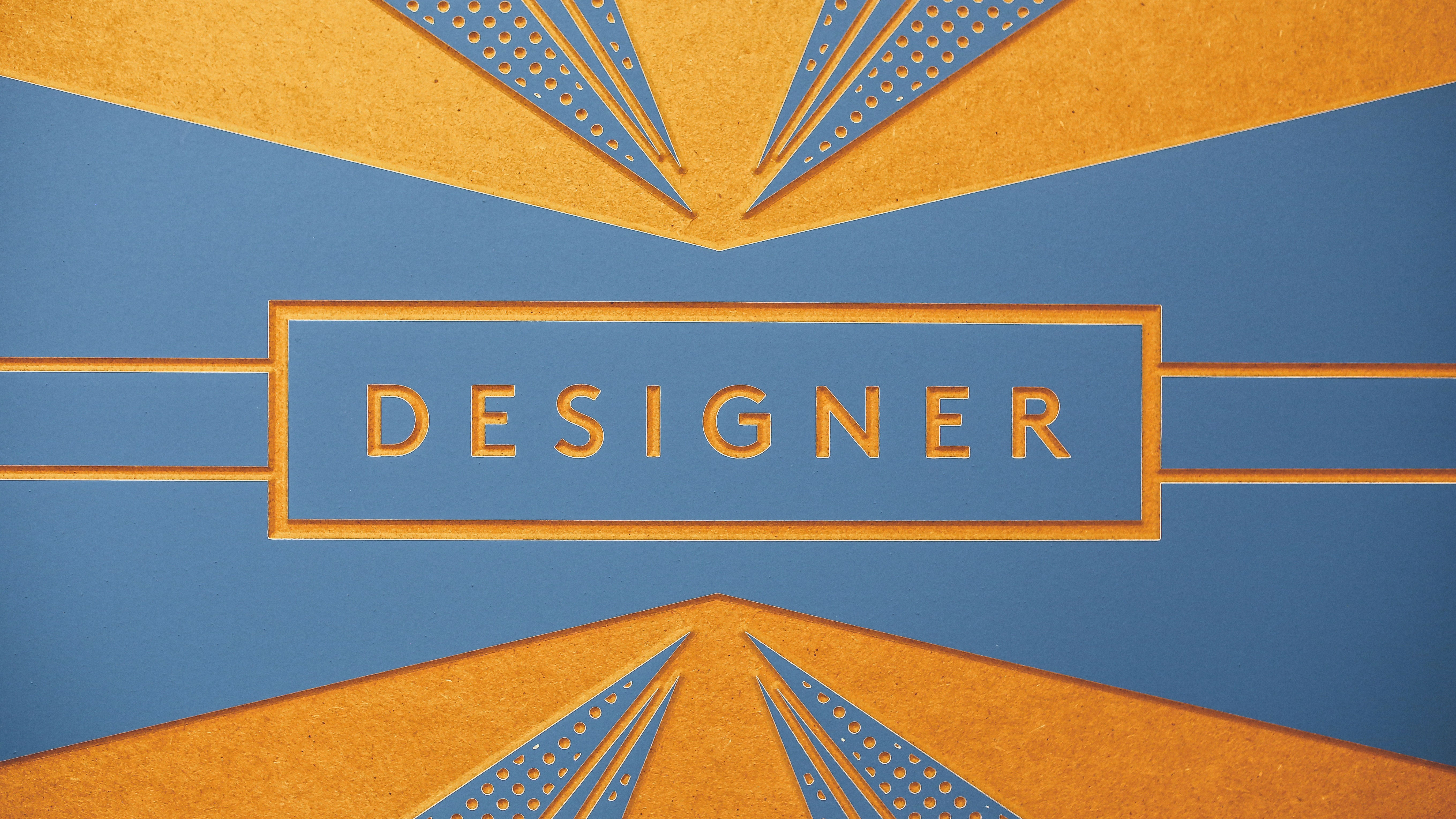
A junior designer job is an entry-level position, generally aimed at creatives with between zero and three years of commercial design experience. At this level, you'll work closely under the supervision of more senior designers, who will provide mentoring as you learn the ropes in design conception and implementation.
During your first few years you'll be assigned the smaller aspects of multiple projects. Depending on the company, you could find yourself doing anything from laying out pages and making colour corrections, to designing stationery and website banners, to sitting in on client meetings.
02. What a junior designer job doesn't entail
Here's what a junior designer isn't: someone who solely pours the coffee, organises the stationery drawer, answers the telephone or runs errands. If you find yourself in this position, talk to your senior designer, map out your expectations and ask for new work. If the situation doesn't improve, it might be time to move on.
03. Do I need a degree?

You don't necessarily need a degree to become a junior designer – although the benefits of learning design theory and design thinking, plus the freedom to develop your own ideas outside of client briefs, shouldn't be underestimated. Bear in mind, too, that some job adverts will specify being educated to degree level.
However, while a relevant degree will stand you in good stead when it comes to getting on the graphic design career ladder, it by no means guarantees you paid employment. Talent, experience and confidence will often triumph over a degree.
"The most important things that Landor looks for in a candidate are talent and attitude," says Peter Knapp, global creative officer at Landor Associates. "Spirit and raw ability are things that are preloaded."
04. Typical junior designer starting salary
Starting salaries vary wildly depending on sector and geographical location. As a junior designer in the UK you can expect to pocket anywhere between £20,000 and £25,000. According to Major Players' 2018 salary survey, the national UK junior designer average salary works out at £23,000.
For those of you in the US, use this salary calculator to see what you can expect in your state.
05. What experience you need
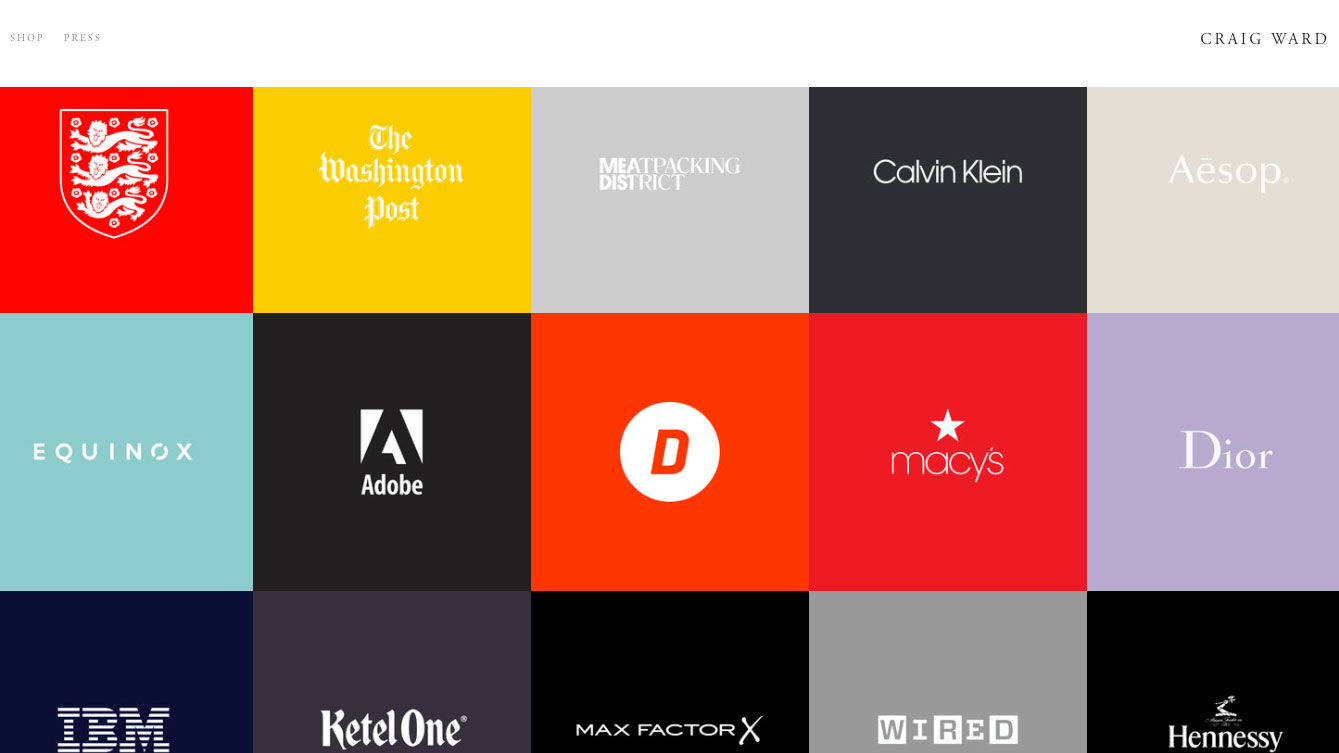
Relevant work experience – and lots of it – will stand you head and shoulders above the competition, so it's good practice to have at least one placement or internship (and preferably more) on your resume when it comes to looking for your first junior designer position. Of course, you'll also need a standout design portfolio – see this design portfolio inspiration to give you some ideas.
"Fear put me into the industry in the second year of my degree," recalls award-winning designer and art director Craig Ward. "I did a string of terrifying placements, and when I graduated I was ready to make the most of my final placement, which became my first job."
Placements and internships show that you have valuable real-world experience and, crucially, that you've started to translate your hard-won skills and knowledge of design theory into practice. The more you can chalk up, the better placed you'll be when applying for a job as a junior designer.
06. Specific skills you need
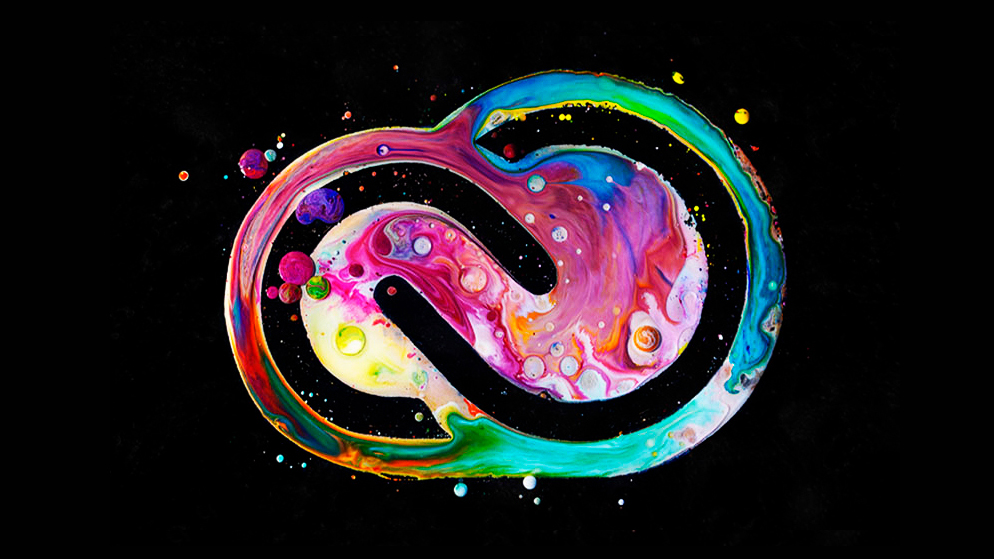
As well as a strong understanding of design and the processes required to do it, you'll need to be good at problem-solving (you'll be expected to come up with creative solutions) and pretty handy with programs like Photoshop CC, Illustrator CC and InDesign CC.
- Get Adobe Creative Cloud here
Communication skills also rate highly. After all, being a brilliant designer isn't much use if you can't explain your decisions to clients.
"You need to be hard working, passionate and reliable, as well as prepared to do the less desirable jobs," advises Ben Topliss, a freelancer creative who previously worked at LOVE, and quickly rose through the ranks after graduating.
"Despite being the youngest member of the team, you should also be able to bring something new to the table; whether it's knowing a piece of software no one else does, or an unhealthy obsession for obscure type foundries," he adds.
07. In-house or design agency?
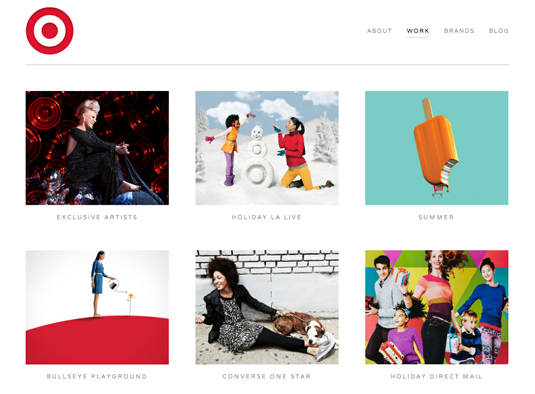
As a junior designer in a studio or agency, you'll be involved in strategy and creative problem-solving, producing graphic design, advertising or visual communication work for a wide range of different clients.
The pros? Variety and creative stimulation. The cons? Burnout. Deadlines are final: miss one and you risk losing the client, which could have huge knock-on effects on job stability for studio members.
As an in-house junior graphic designer at a large organisation like HSBC, Google or the government, you'll work as part of a team of designers who are responsible for the company's marketing and advertising material, website and so on.
Pros here include stability, predictable working hours and potentially better pay. The cons? Working on a single brand for too long can limit your portfolio – this is a particular risk for junior designers – and numb your creative juices.
08. How to progress
Progression from junior designer to a middleweight position or senior designer is normally possible within around three to five years, after which the next step might be art director, creative director or a more managerial position with the studio or firm.
"Work hard and build good relationships with as many people as you can," advises Topliss, adding that it's essential to develop both your reputation and book of contacts before you take the next step.
09. What it's actually like to do the job
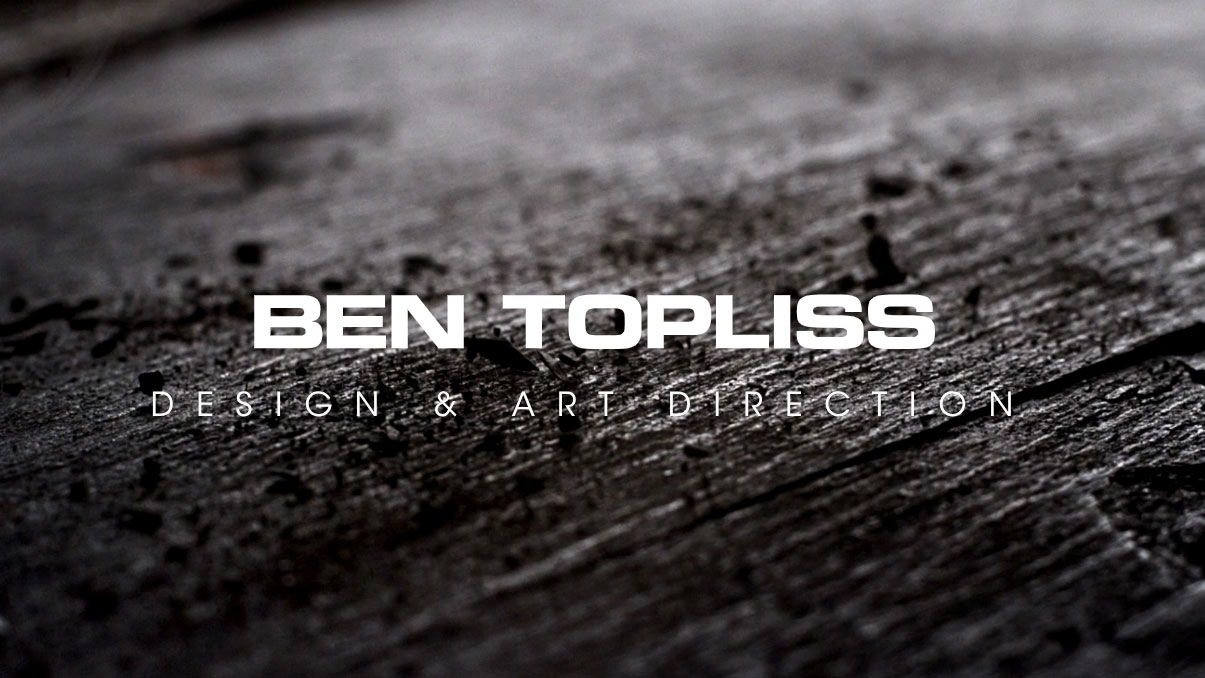
In 2013, multi-disciplinary designer Ben Topliss had just started a new senior designer position at sports and fashion-wear retailer JD PLC that was created especially for him. We caught up with him to find out how he made the jump from junior designer to senior...
Creative Bloq: Your first job out of uni was junior designer at an architectural practice called Prism. What did you study at uni, and how well did your course set you up for this role?
Ben Topliss: I studied product design at university, with a minor in interactive design. I didn't realise until I'd signed up to study for the interactive modules that graphic and digital design were things I was really passionate about and wanted to do after graduating.
The main thing I took from studying design at university was the process of design and problem-solving. I didn't do any placements or internships in agencies or studios, but I did as many jobs as I could get my hands on for local businesses, designing anything they'd let me including identities, branded stationery, websites, booklets, flyers and menus.
Taking this also route taught me about the other side of design - dealing with clients, and managing my time and finances - which can be just as important as the actual work.
CB: What was the job market like after you graduated? How tricky was it to get your first job as a junior designer?
BT: It was a struggle to get a job after graduating. It's so competitive out there and it's hard to differentiate yourself, especially when competing against others with graphic design degrees. I wrote a lot of letters but didn't really get anywhere. I had a few interviews and finally got something in the September after graduating. It was great to finally get a job.
CB: Why did you decide to work in-house as a junior designer, rather than in a design studio or agency?
BT: Prism was a small design studio and I got to work on projects for clients including Sainsbury's, Cambridge University and Marks & Spencer. There were only four designers – two senior and two junior – so I got to work on some large projects straight away, as everyone had to get stuck in.
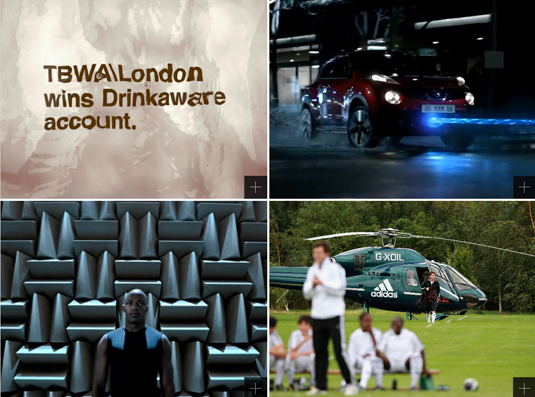
CB: Talk us through a typical day what were your responsibilities?
BT: As it was only a really small agency I'd have to do plenty of admin-type jobs like order the stationery, be the IT guy and make tea for everyone. But I'd also get to head out to client meetings and take ownership of projects, which was good as you might not necessarily get that level of trust working somewhere larger.
CB: What was the best part of the job?
BT: Actually doing work and getting paid for something I wanted to do was great. It wasn't groundbreaking stuff by any stretch of the imagination, but I was working in the industry I wanted to be in and gaining experience all the time. To me then, that was amazing.
CB: How long did you work in this position before taking the next step in your career, and what did it take to move up the ladder?
BT: I spent a year at Prism, and another year in my next job - both in small teams so I did get to take control of a lot of projects, but I maybe missed the guidance I would have got from larger organisations.
Stepping up to the next level in a much larger agency was fun: suddenly I was working with a large group of really talented creatives. I certainly had a feeling that I needed to up my game. That's how you improve though. You need to get out of your comfort zone, push yourself to be better and learn from those around you.
CB: How long did it take you to get to a senior designer position?
BT: I graduated about seven years ago, with the last three of those working at TBWA. There I had the opportunity to learn from lots of talented people and gain some good experience working on some great projects, big and small, for clients like Manchester United, EA Games and BP.
CB: What do you love most about your job now?
BT: Getting to work with talented and inspiring people. I've got a busy couple of months coming up, with the launch of at least two iOS apps and a couple of site redesigns on the horizon.
CB: What advice would you give a junior designer for becoming a senior designer?
BT: Work hard, ask questions and soak up as much as you can from more the experienced people you are working with, whatever their job role. Do the jobs no-one else wants to do - make yourself indispensable.
Also, it pays to be nice. The industry is smaller than you think - you never know when you'll come back into contact with someone you used to work with, met at an industry event or even slated on Twitter.
This article was originally published in 2017 and has since been updated.
Read more:
- How to transform a design internship into a job
- The 5 biggest mistakes that junior designers make
- 34 brilliant design portfolios to inspire you
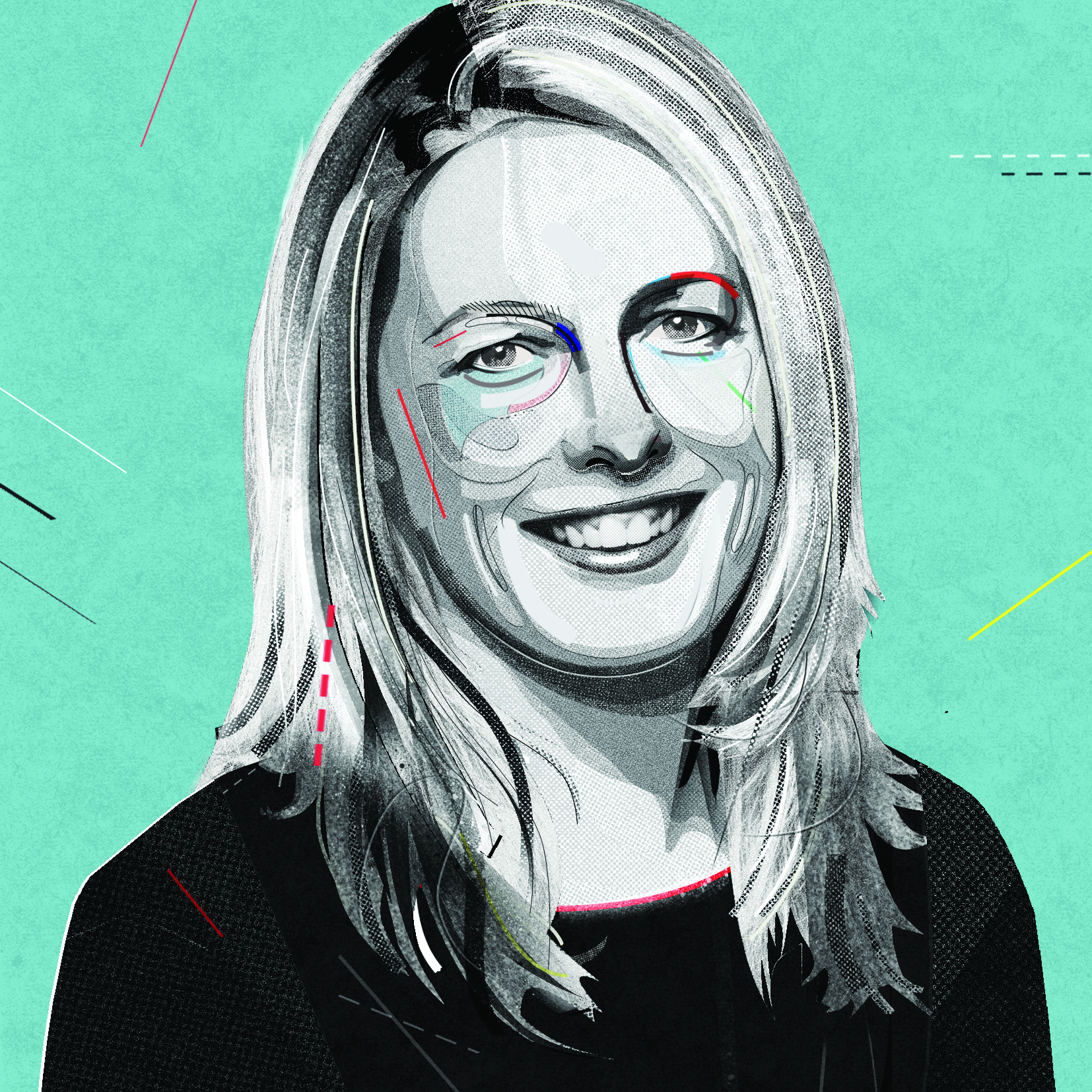
Julia is editor-in-chief, retail at Future Ltd, where she works in e-commerce across a number of consumer lifestyle brands. A former editor of design website Creative Bloq, she's also worked on a variety of print titles, and was part of the team that launched consumer tech website TechRadar. She's been writing about art, design and technology for over 15 years.
Related articles
how much does a jr designer make
Source: https://www.creativebloq.com/career/become-junior-designer-7133617